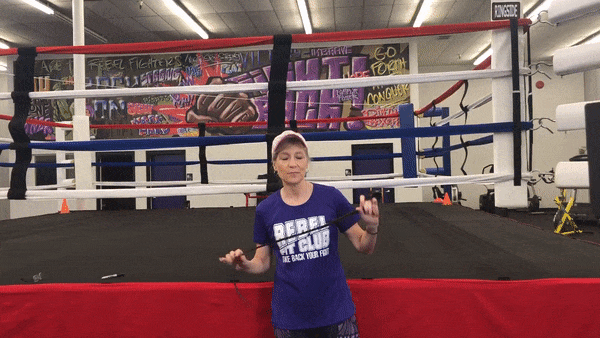
Frozen shoulder (adhesive capsulitis) is very common in people with Parkinson’s. This condition causes pain, stiffness, and loss of normal range of motion in the shoulder. The resulting disability can be serious, and the condition tends to get worse with time if it’s not treated. It usually affects people ages 40 to 60, and women more often than men.
For people with Parkinson’s, frozen shoulder can come out of nowhere and slowly get worse. Often, frozen shoulder occurs because the shoulder has been immobilized for a long time by injury, surgery, or illness. Fortunately, the shoulder can usually be unfrozen! Full recovery takes time and a lot of home exercise.
To Do This Exercise:
- Seated or standing, take an ordinary belt with a buckle and drape it over your affected shoulder with the opposite hand, leading with the buckle down your back.
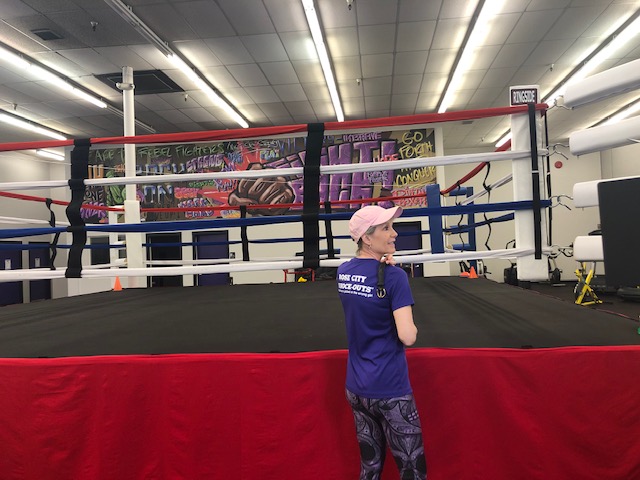
- Reach behind with the hand of the frozen shoulder. Find the buckle down by your bum and grasp it.
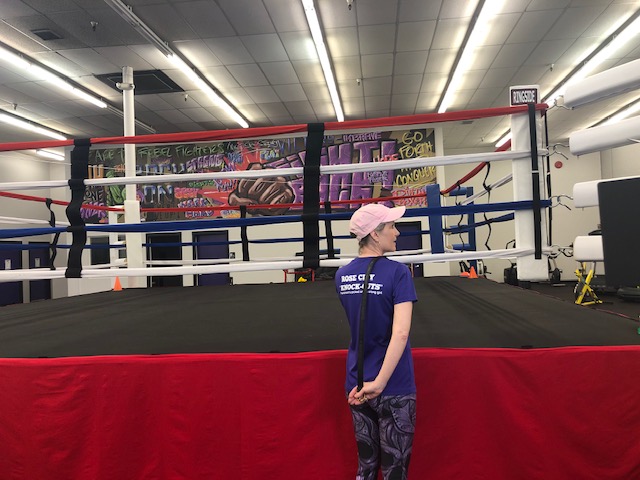
- Slowly (with pain-free movement) pull the belt down in front with the good hand, which will pull the affected hand up your back. This will stretch the shoulder capsule.
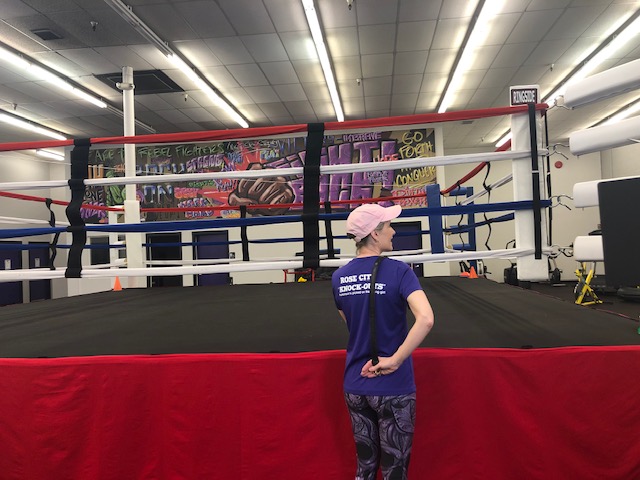
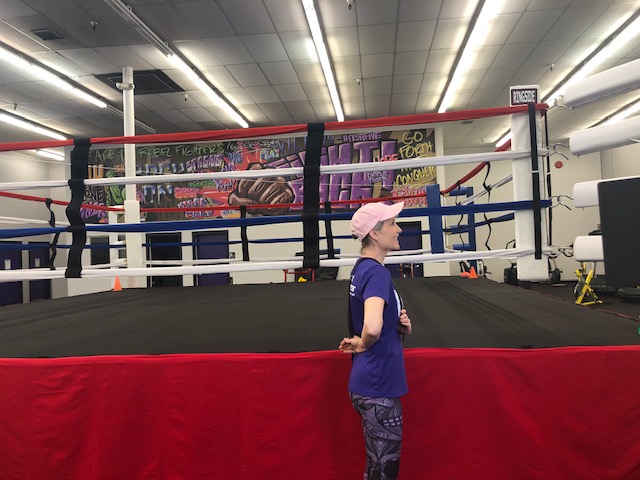
- Stop and breathe when it feels tight. You can also move your elbow in and out a bit to further gain range of motion.
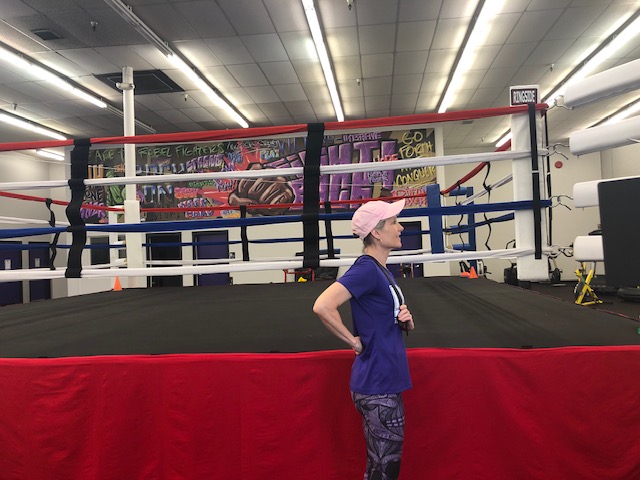
- You should feel a stretch, but not intense pain. If you do feel pain, back off a bit and breathe. Let the stretch happen. You may have to wait 90 seconds for a stretch to happen. Do 10 repetitions 2 times a day.
- If you feel tight in the other shoulder, do it on both sides, reversing shoulder and hands.
Make sure you address a frozen shoulder; it can cause back and neck pain because of the immobility.
It’s always a good idea to consult with a Physical Therapist to do manual therapy when you can. I will be sharing more information in future blog posts to assist you in your daily home stretches… be sure to subscribe to my email list so you’re the first to know when new content is released!
Coach Kimberly